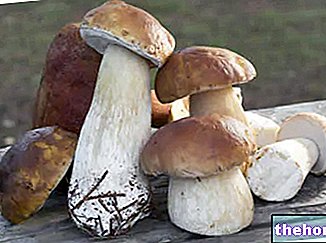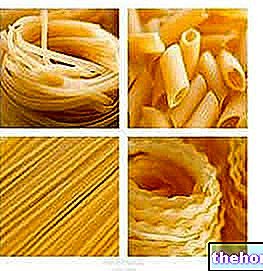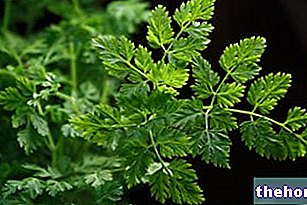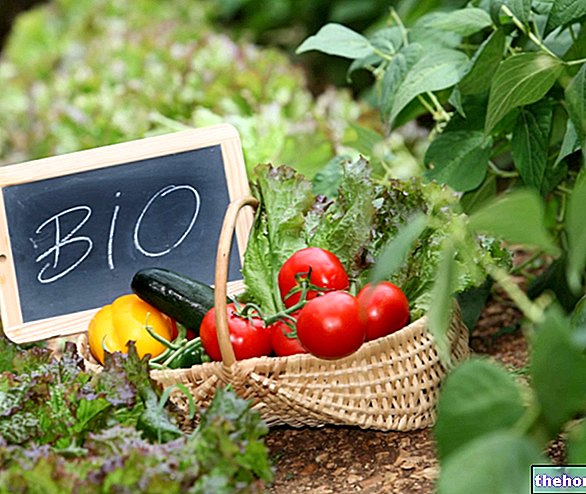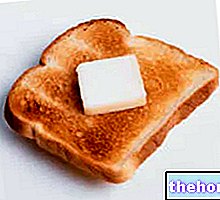Pan-fried Potatoes with Rosemary - Crunchy, with a little oil
Problems with playing the video? Reload the video from youtube.
- Go to the Video Page
- Go to the Video Recipes Section
- Watch the video on youtube
There are many types or varieties of potatoes, different in climatic affinity, characteristics of the aerial and underground part. But be careful, we must not confuse potatoes with sweet potatoes or American potatoes, and with cassava (tuberous roots); different both in structure (they are tuberous roots) and in botanical derivation.
Potatoes are foods of vegetable origin which, together with cereals and derivatives, fall into the III fundamental group of foods. Rich in complex carbohydrates, with their 70 ÷ 85 kcal / 100 grams they are however less energetic than dry raw dry cereals, flours, pasta (even cooked), bread and starchy fruits (such as chestnuts and the fruit of " bread tree) In any case, you shouldn't make the mistake of eating them as if they were simple vegetables. On average, potatoes contain between double and quadruple the calories compared to common vegetables, and 50% more energy than the higher calorie sweet fruits (or up to double the less sugary ones).
Potatoes are edible only when cooked. Raw, especially badly preserved (sprouted) and with the peel, as well as being indigestible, may contain "annoying" levels of solanine (a toxic alkaloid). They lend themselves to many types of recipes, especially belonging to the group of side dishes and first courses. The preferred cooking methods are: affogatura (boiling in water), steam, roast and fried.
A, common aspect to the VI fundamental group of foods (Vegetables and Fruits Sources of Vitamin A).
Many choose to exclude potatoes from their diet because of their energy intake. In reality, if used as a substitute for cereals and legumes (the other two sources of starch in the diet), keeping the same portion, these foods contribute to significantly lower the general caloric balance. There are those who claim that they have an excessive glycemic-insulin index, but this is a simple conjecture.In fact, this characteristic, in addition to subordinating to the glycemic load criterion, changes significantly according to the cooking method and the general composition of the meal. However, we must not forget that in cooking potatoes, despite having nutritional characteristics more similar to starchy seeds, are mainly used as a side dish. Therefore:
- if they replace a first course or bread or pizza, they decrease the general caloric intake
- if they replace a contour they tend to increase it.
It is however possible to contextualize potatoes also as a side dish without significantly altering the energy balance by associating them, for example, with dishes based on eggs or very lean fish. The average portion of eggs is in fact 1 or maximum 2 at a time, for a total 60-120 kcal; in this case eating 200 g of potatoes (about 150 kcal) does not cause any imbalance. The same applies to dishes based on cod, plaice, shrimp, octopus, cuttlefish, squid, etc., of which the portion average corresponds to 100-150 g for a total of 75-115 kcal. Obviously the nutritional balance is not only conferred by the total caloric content of the diet, but also by its distribution and composition. For this reason it is sometimes advisable to manage potatoes simply as a "source of starch", including them in the diet at will, as long as the portions of bread, pasta, dry cereals and legumes are reduced.

